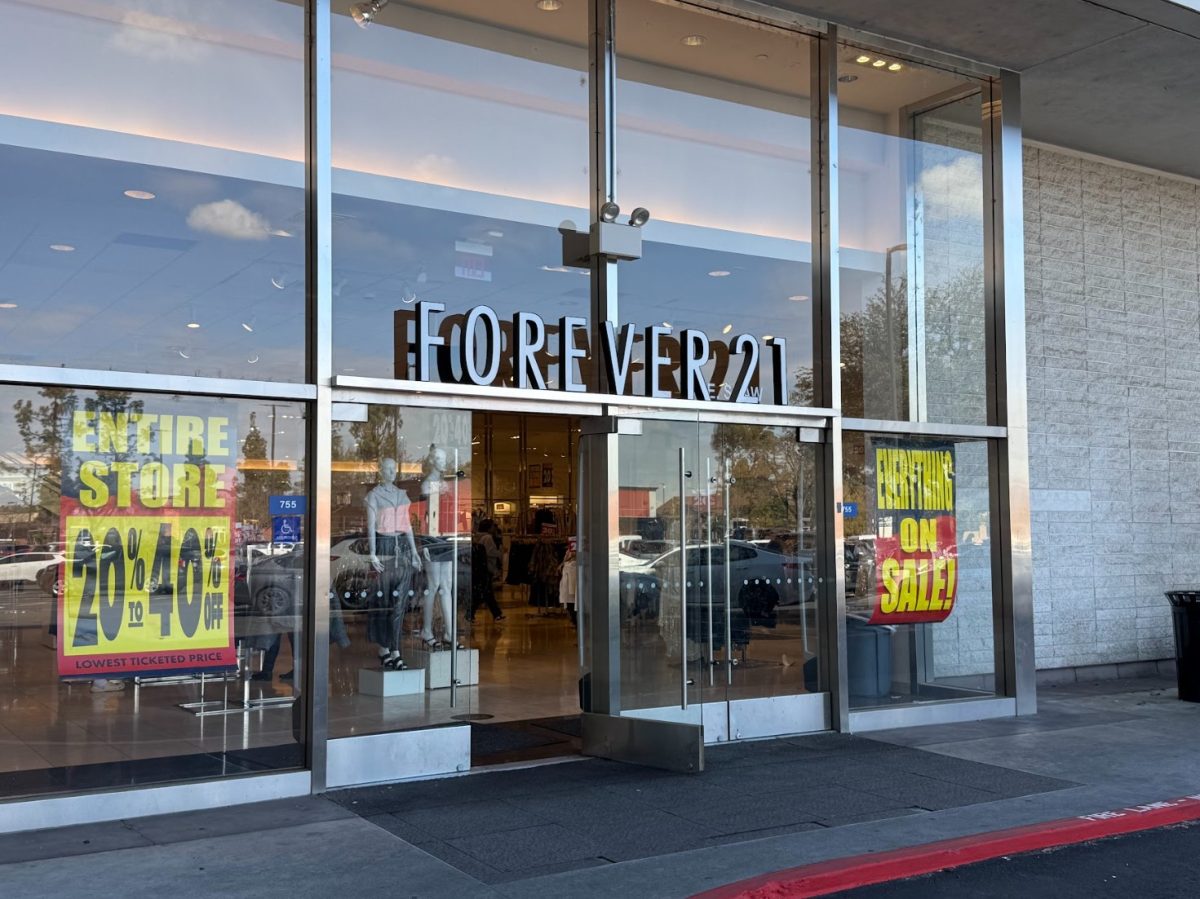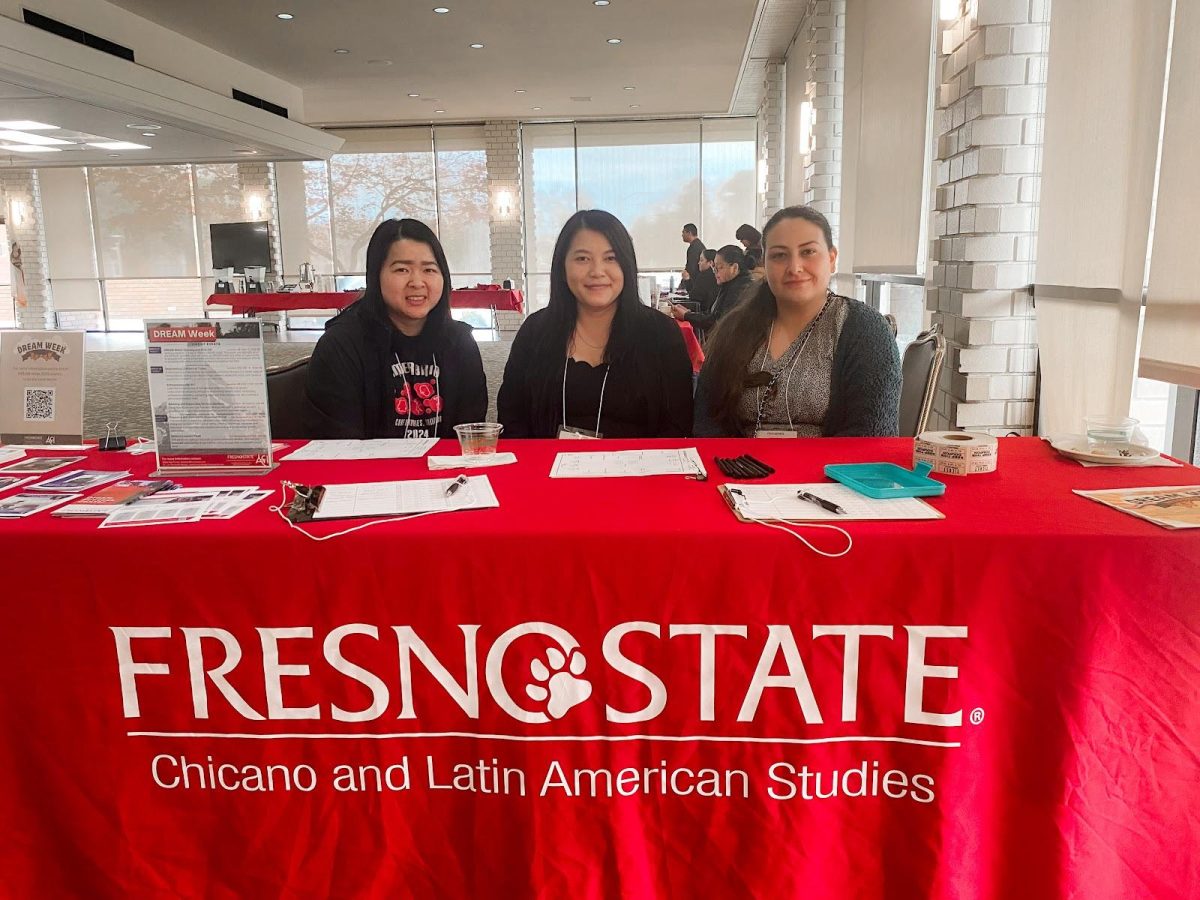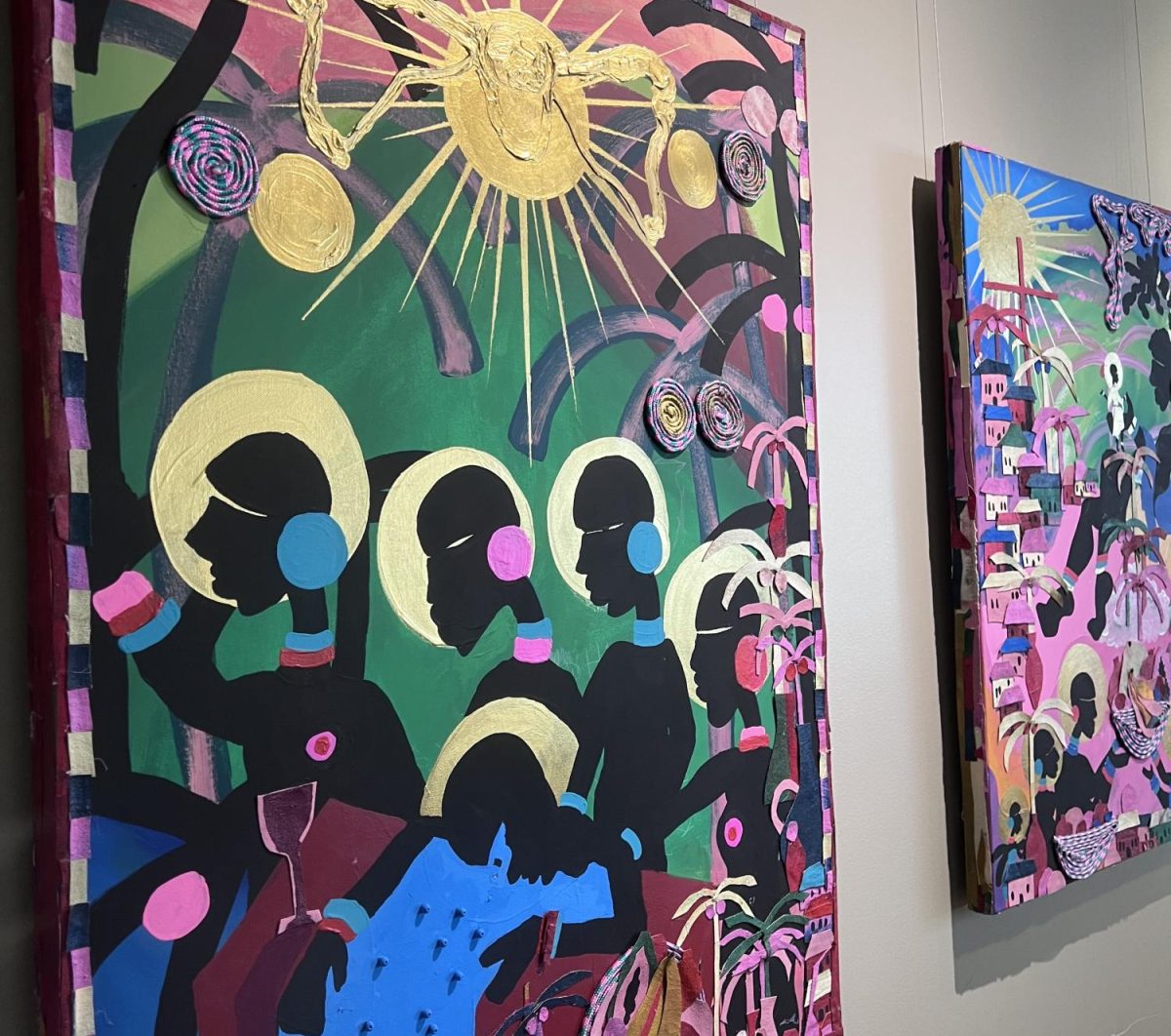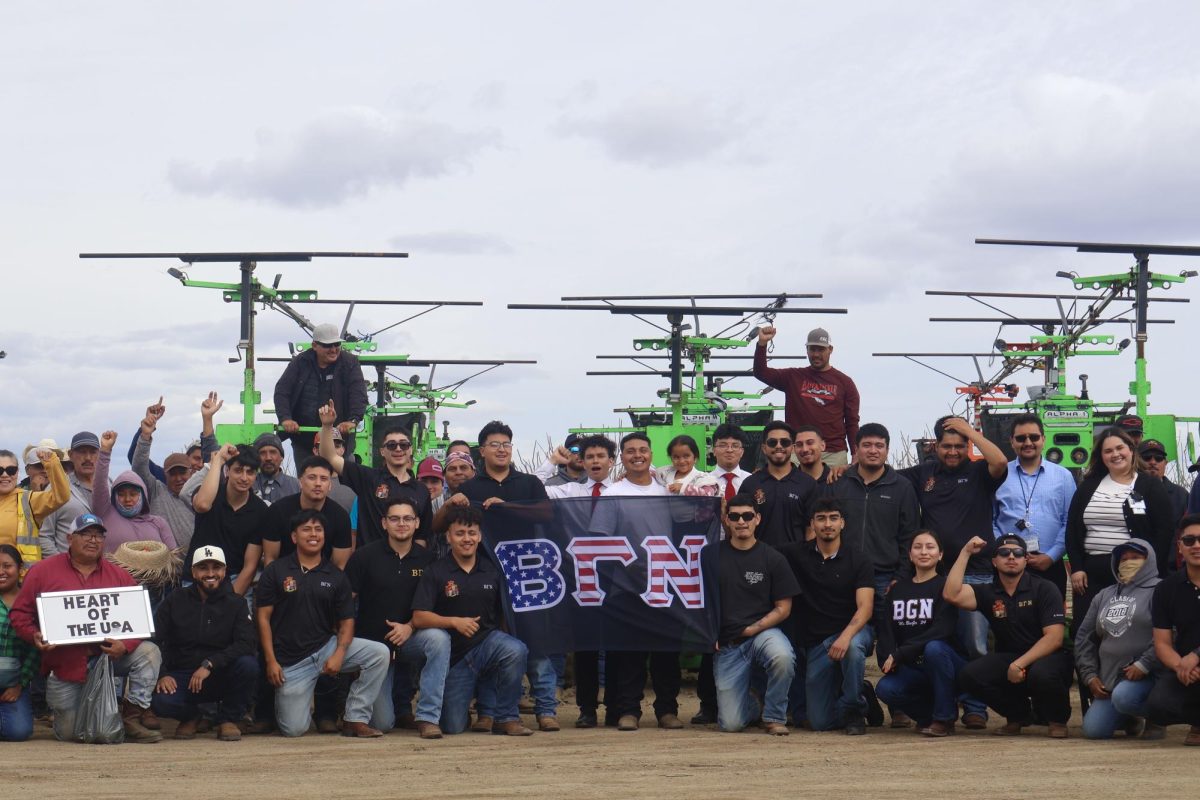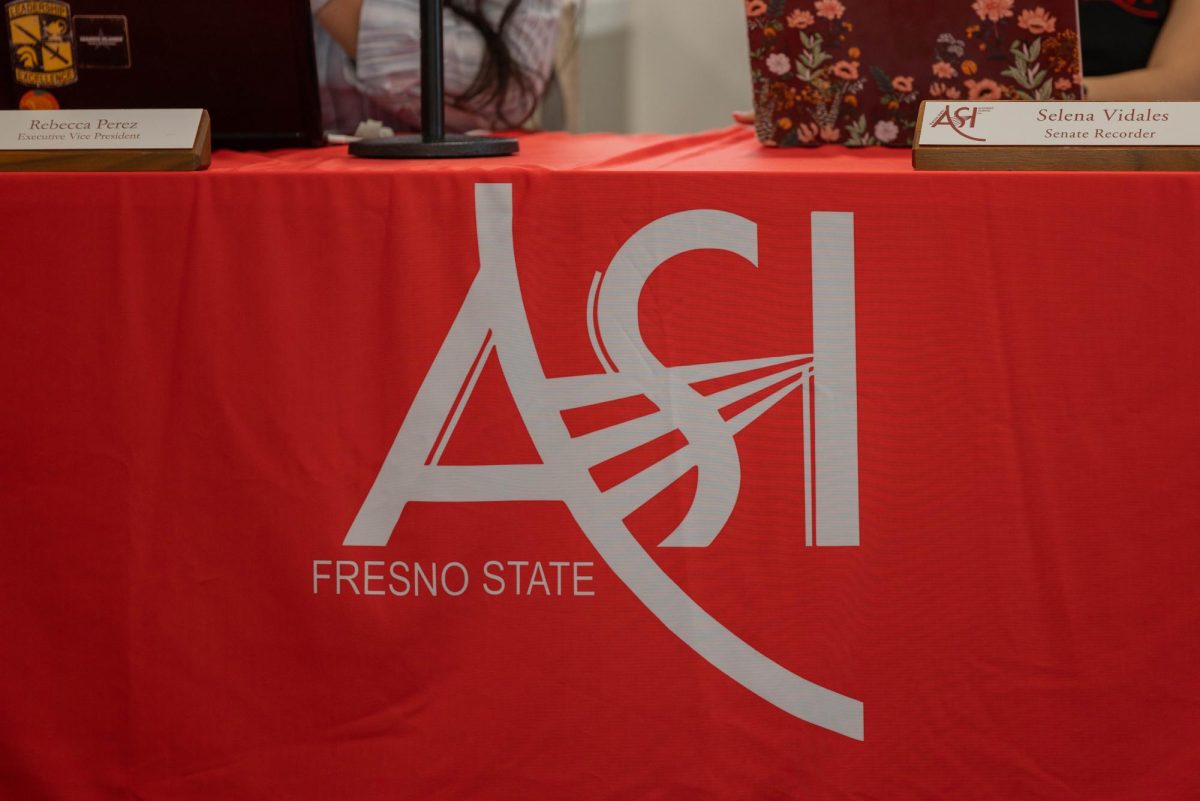In mid-February, Fashion Fair’s Forever 21 location began setting up for its final sale promotions.
Signs reading “everything on sale” and “going out of business” still decorate the store’s interior. Almost all items are listed at 20% off with a cap of 60% off or more expected to be hit before the store’s doors close for good (or forever, if you will).
“Increased online competition and decline in mall traffic,” Fresno State economic department chair and professor Antonio Avalos told The Collegian in an email. “Consumer preferences are evolving, with a growing emphasis on sustainable and ethical fashion.”
According to store employees the final day of operation is April 5.
Fashion Fair Mall management refused to comment on the store’s closure but talks of Forever 21 closing have been in the air for some time.
The once fast fashion giant is closing all of its stores throughout the country as it shuts down its Los Angeles headquarters of 350 employees and had to file for bankruptcy for the second time in six years.
While the company was initially set to keep its remaining 350 stores open, it was unable to find a buyer to bail them out in time.
The store’s closing could have negative results for Fashion Fair.
“Job losses, reduced mall traffic [and] increased vacancy rates,” Avalos said.
Until 2009, the Fresno space was occupied by Gottschalks, a local retail chain that grew to 58 stores nationally over the span of its 105 year tenure before also succumbing to bankruptcy.
This isn’t the first retail goliath to take a hit in recent years. Just last year, Macy’s was also forced to close over a hundred of its locations in an attempt to remain profitable.
While many, like Fresno State entrepreneurship major and fashion merchandising minor Sophia Adanzo, feel this is a step in the right direction for fashion, she acknowledged the store as a staple for Fashion Fair.
“I still feel a hint of nostalgia and melancholy to see it go,” Adanzo said. “It’s been one of the few stores that’s held the test of time up until this point. I’m hoping this is a sign that we are turning to a better future where companies will value morals instead of profit.”
With online markets taking over, Fashion Inc. Vice President Bastian Morris says many corporate giants simply can’t keep up with consumers.
“I think people are leaning more towards DIY and making it their own and supporting local businesses instead of supporting [bigger] corporations because of the cost,” Morris said.
Morris suggested a different corporate approach that could potentially appeal to consumers.
“I definitely feel like if they decide to replace Forever 21, they could get more customers if they lean more into letting the customers create what they want to create,” Morris said. “Kind of like a Build-a-Bear Workshop.”
Many also point to the troubling ethics of fast fashion.
“Companies deliberately build factories in countries, such as China, India, Indonesia, Bangladesh, and Vietnam,” Adanzo said. “The one thing these countries have in common? Low labor costs and weak labor protection laws.”
There are an estimated 75 million factory workers worldwide, but less than 2% of them make a liveable wage.
Forever 21, along with brands like Nike and H&M, have all been accused of labor abuse in the manufacturing of their products.
Adanzo thinks consumers have been too complacent in this.
“Many people buy into the trendy nature of fast fashion without batting an eye because the items are so inexpensive,” she said. “They just think they’re getting a good deal and nothing more. They don’t see the workers being exploited overseas, nor the environmental impact to make the clothes. They don’t see the harm that their dollars buy into.”
With the emergence of new fashion subcultures, Adanzo believes many consumers have started to wake up.
“I’m not sure when it happened, but I’ve seen more and more of wanting accountability from companies, which is absolutely wonderful,” Adanzo said. “I know that the fast fashion industry won’t stop anytime soon, but I hope that it at least slows down in the coming years.”
She also emphasized the need for equilibrium in fashion.
“The ideal outcome is to have both inexpensive and sustainably sourced apparel, but we must pick and choose our battles,” Adanzo said. “Ultimately, we are the demand that these corporations are trying to meet.”
Correction: In a previous version of this story Sophia Adanzo’s name was misspelled. The story now reflects the correct spelling.

